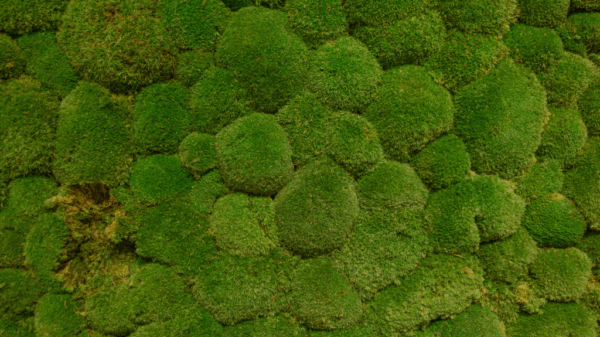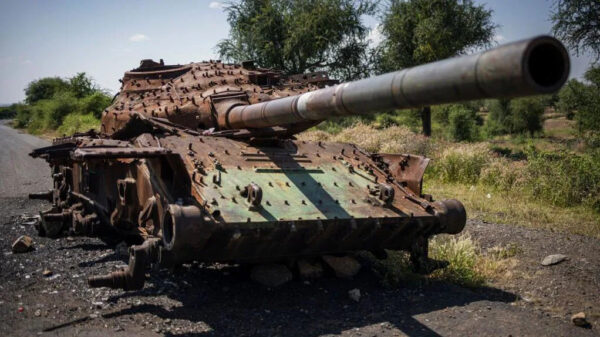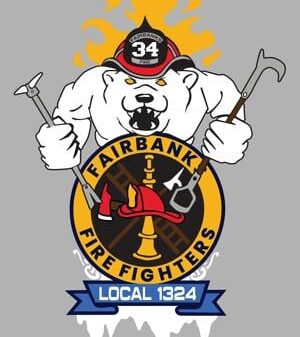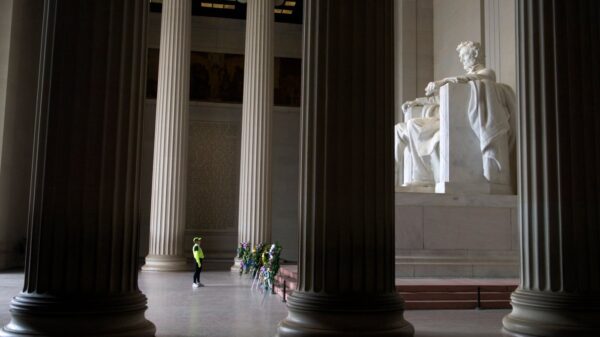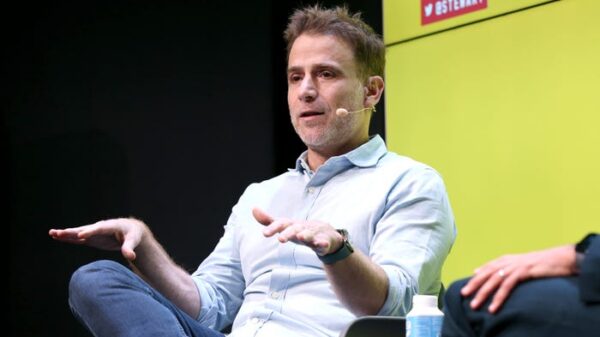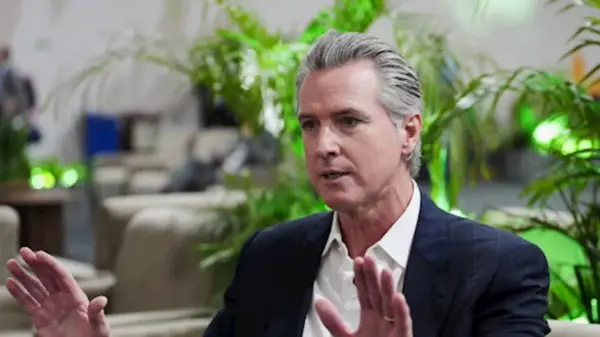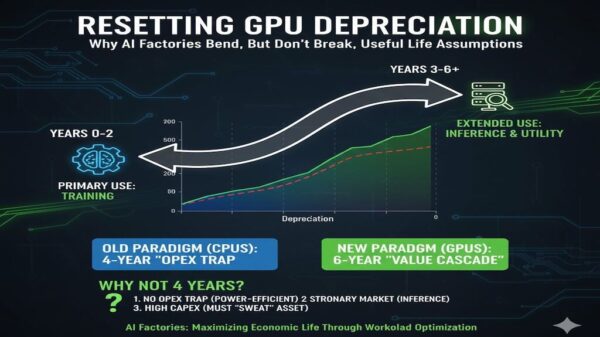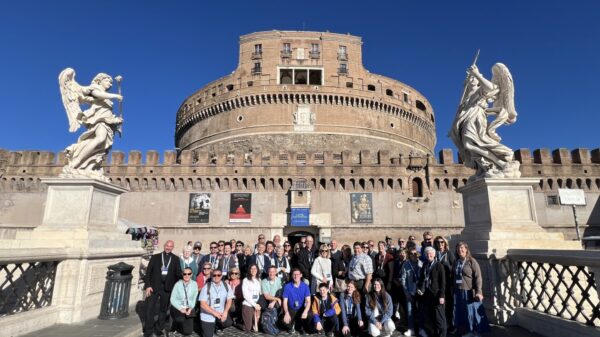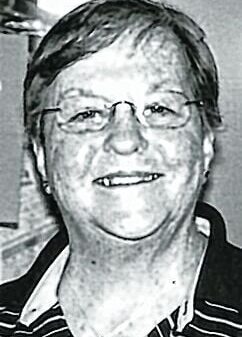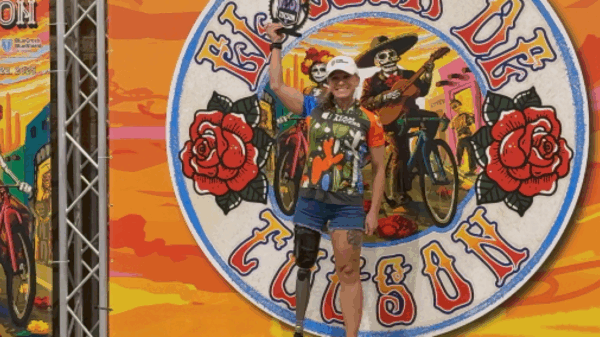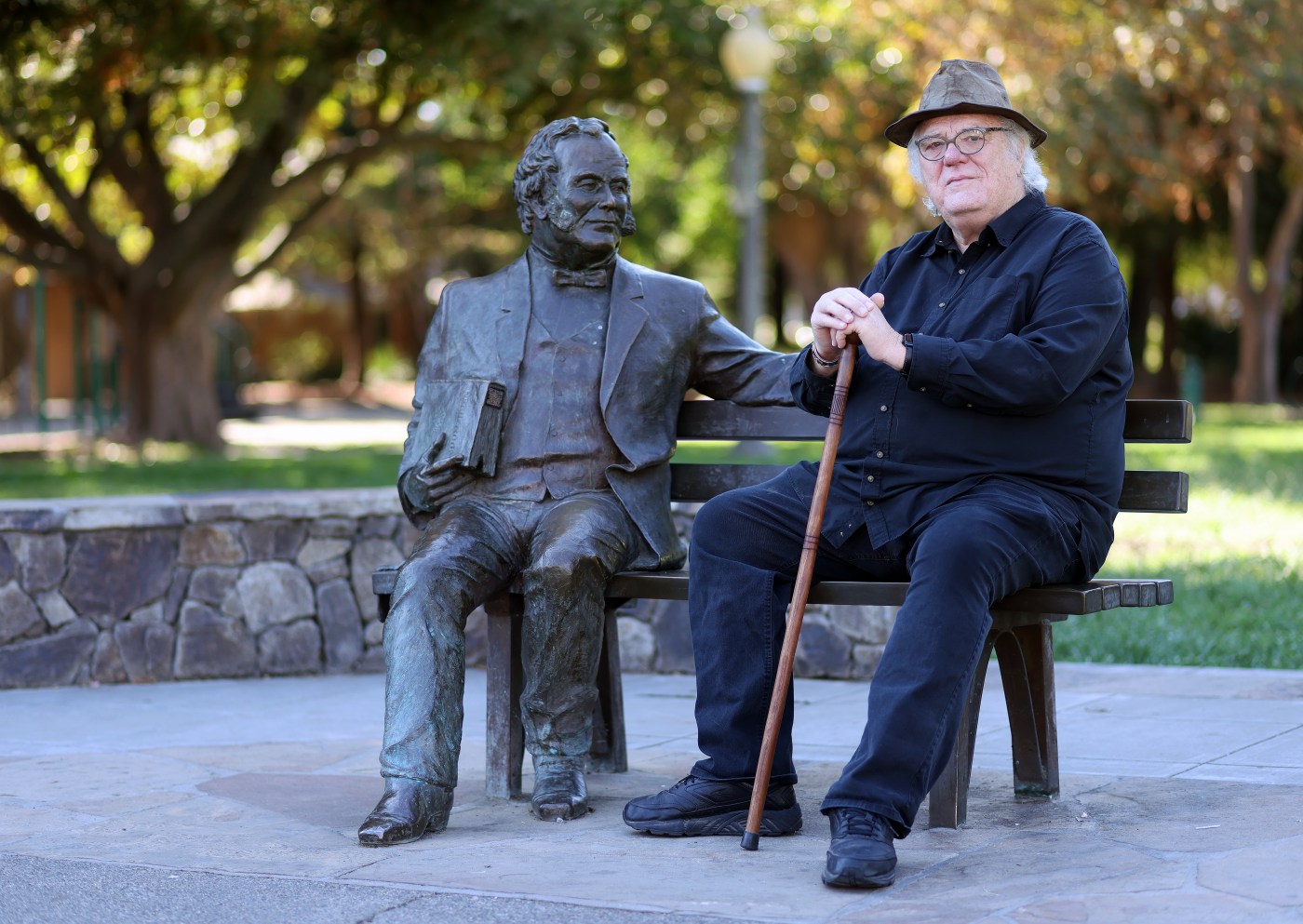Breck Parkman, a retired archaeologist with over 36 years of service at California State Parks, continues to explore the hidden narratives of the Bay Area. On a sunny morning in late September, Parkman sat at a picnic table in historic Sonoma Plaza, where he reflected on his extensive career piecing together stories from artifacts and ancient soils.
Now 73 years old, Parkman views archaeology not just as a scientific pursuit but as a form of storytelling. During his time with the state parks, he examined artifacts that date back as far as 15,000 years ago, revealing insights into the lives of those who inhabited the region. His passion for understanding these histories led him to imagine the plaza’s past, devoid of modern amenities, and filled with the sounds of life as it once was.
Parkman reminisces about the era when General Mariano Vallejo established the plaza in 1835, envisioning it as a bustling parade ground for Vallejo’s soldiers. He describes a vibrant world filled with mammoths and sabertooths roaming the landscape, a stark contrast to the bustling wine country that surrounds the plaza today.
Throughout his career, Parkman has investigated various archaeological sites, from the coastal plains of the Bay Area to the outposts of Fort Ross, once a hub for Russian fur traders. His work has garnered attention for its focus on contemporary archaeology, exploring the lives of individuals from different eras, including the soldiers of Angel Island and the artists of the Beat Generation.
One of Parkman’s notable projects involved the investigation of the charred remains of the Burdell mansion at Olompali State Historic Park. He studied the lives of the residents of the Chosen Family commune, which sought to create a new lifestyle in the late 1960s. His analysis of over 90 vinyl records recovered from the ruins showcased a surprising variety in the tastes of the commune’s residents, challenging stereotypes about the counterculture movement.
Parkman’s journey into archaeology was inspired by his childhood experiences in southern Georgia, where he discovered Native American artifacts in local fields. His awareness of significant historical events, such as the civil rights movement, shaped his worldview. He recalls an early encounter with Martin Luther King, Jr., which ignited his interest in civil service and advocacy.
After earning his degrees in archaeology, Parkman began his career in San Diego County before moving north to manage cultural resources across more than 70 parks. His approach emphasizes the importance of understanding past cultures to inform present and future societal developments.
A significant moment in Parkman’s career occurred on September 12, 2001, when he and a colleague conducted fieldwork along the Sonoma Coast. The quietness of the area, free from typical distractions, allowed Parkman to make a remarkable discovery. He identified shiny patches on rocks that he believes were used by Columbian mammoths for self-grooming, a finding that has since deepened his understanding of the region’s prehistoric fauna.
In retirement, Parkman remains active in sharing his findings through lectures and online platforms. He reflects on life and loss, particularly in a moving tribute to his late wife, Diane Askew, which he posted on YouTube. His personal experiences continue to inspire his work, as he contemplates the connections between life, death, and the stories that shape our understanding of the world.
Parkman’s commitment to uncovering the past is evident in his ongoing projects, which include studying the ecological roles of species like condors and dung beetles in maintaining environmental health. As he continues to explore the narratives hidden within California’s state parks, his work serves as a reminder of the rich histories waiting to be discovered and understood.


